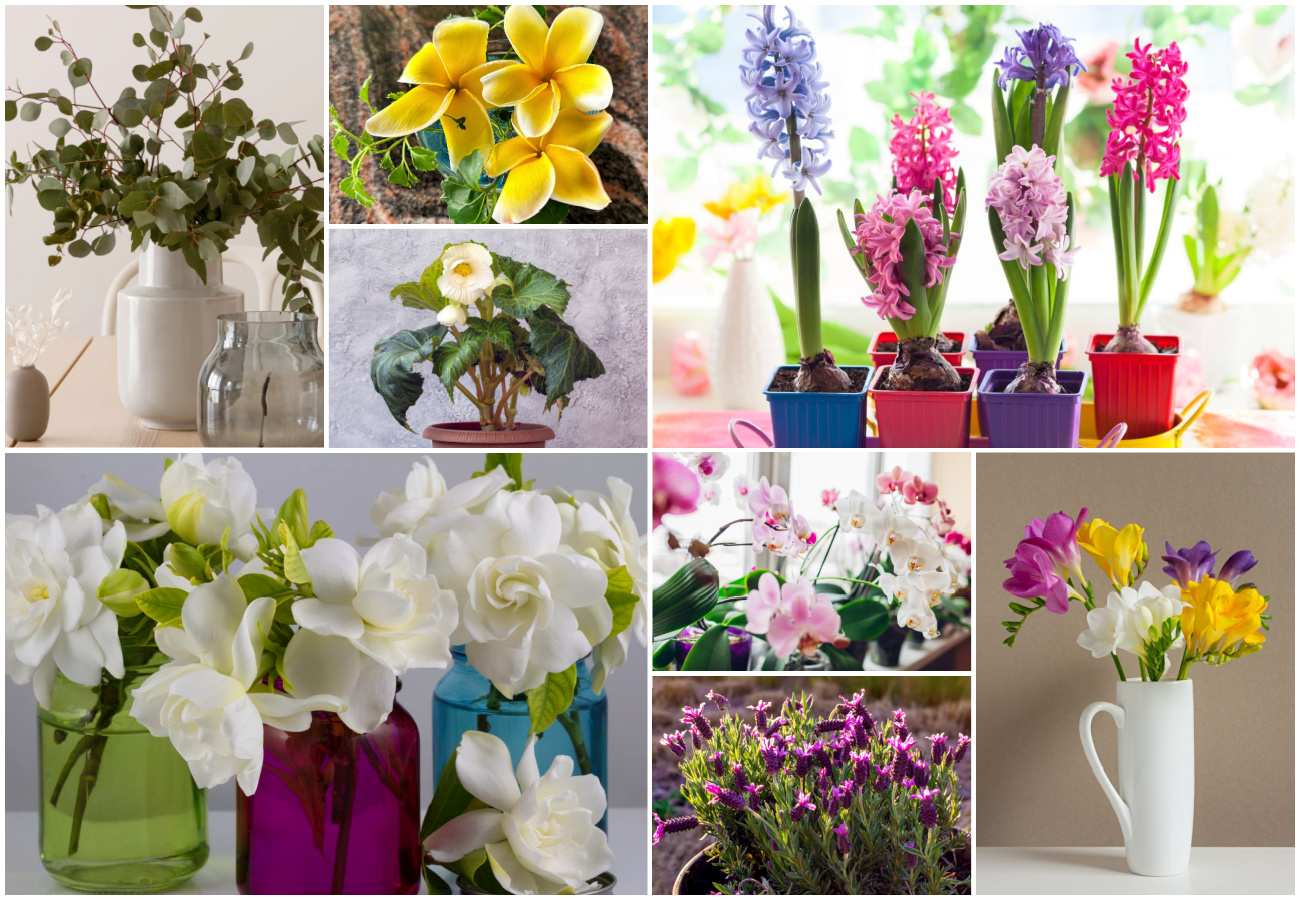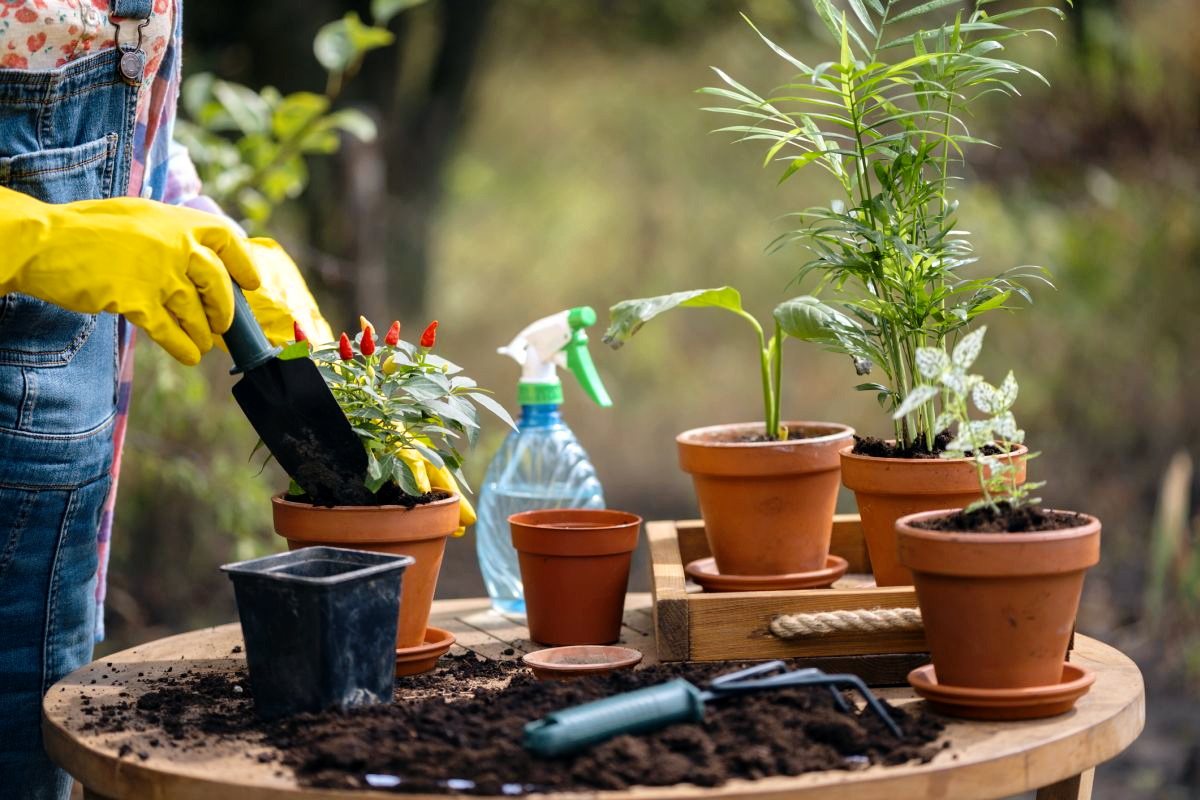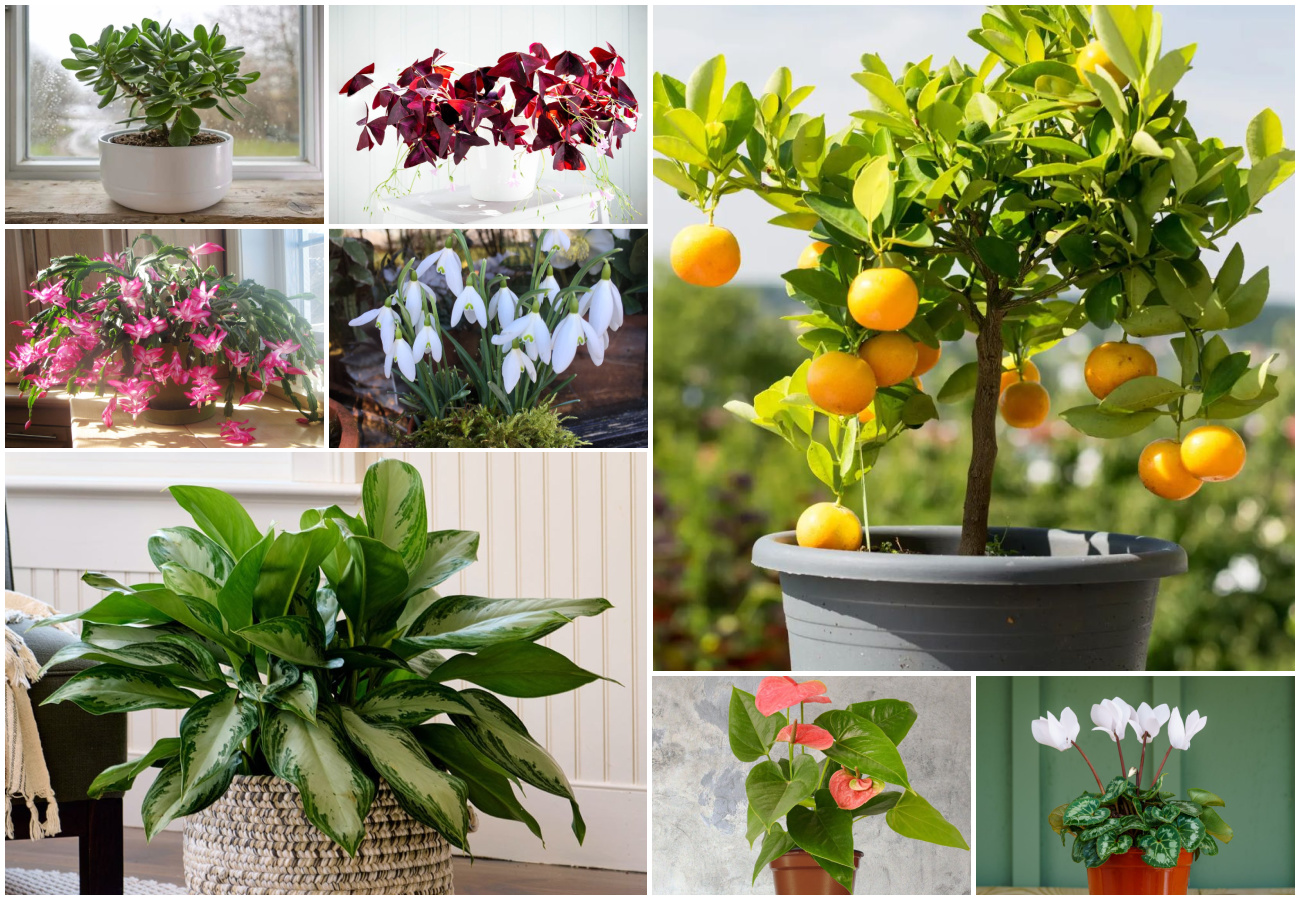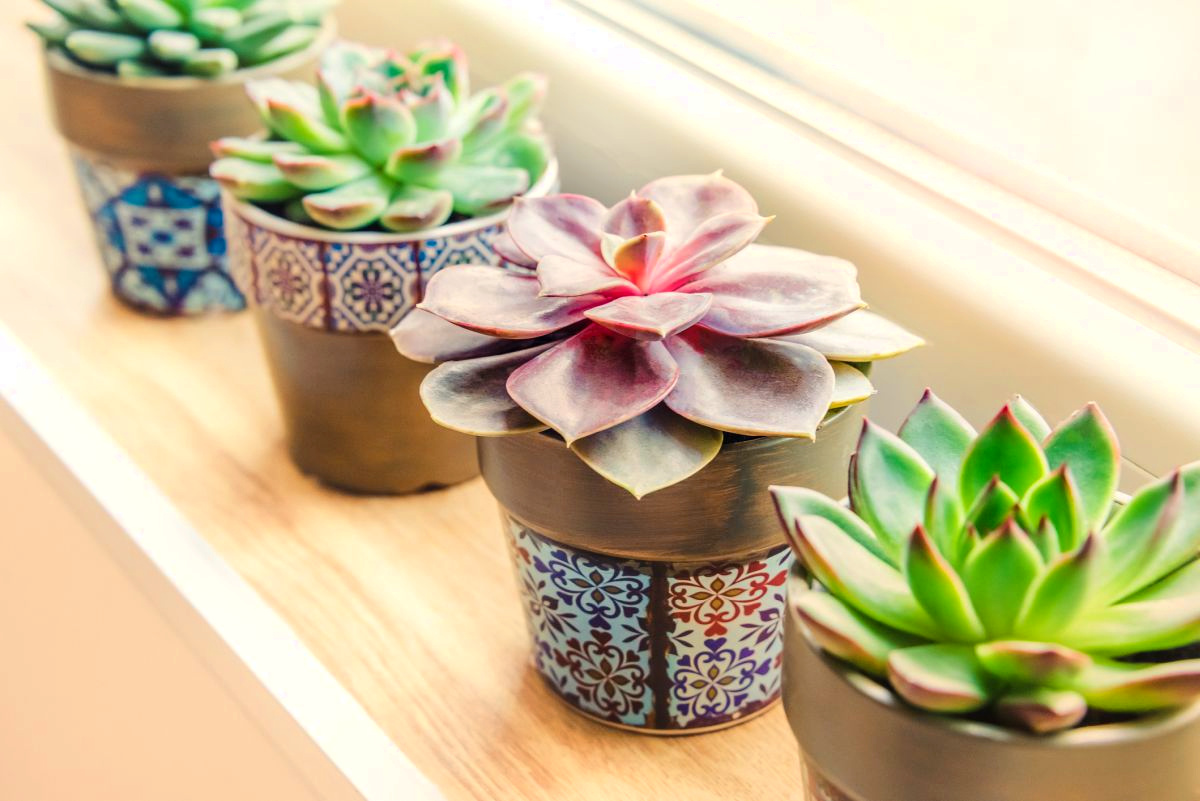The Pink Princess Philodendron, Philodendron erubescens, is native to Central and South America. This highly sought-after variety is more expensive than other heart-shaped Philodendron due to its rare variegation. Not easily grown by seed, Pink Princess is often in short supply but considered a gem among Philodendron collectors.
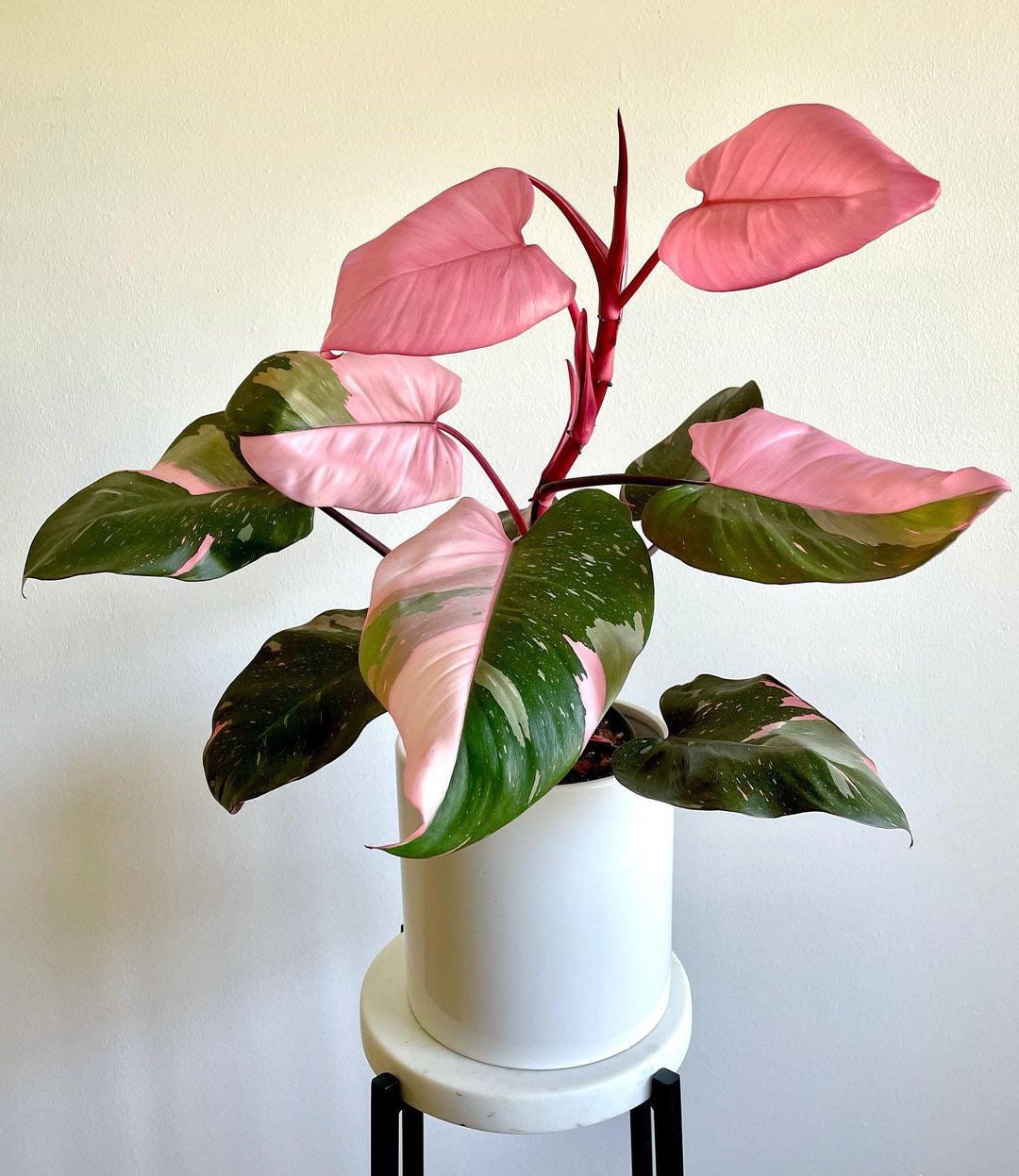
Pink Princess Philodendron Appearance
The Philodendron Pink Princess grows to a height of four feet (1.2 meters) when grown in the garden but stays around 2 feet (0.6 meters) when grown in pots. The plant grows 18 inches (45 cm) wide. The Pink Princess features burgundy stems with deep, glossy, greenish-black foliage. The stunning leaves are heart shaped with bubblegum-pink variegation, for which it is prized. The white or green blooms appear in spring and summer but are insignificant compared to the foliage. Achieving blooms indoors is rare.
Pink Princess Philodendron Light Requirements
Provide several hours of bright, indirect sunlight from an east or west-facing window per day. The Pink Princess plant will tolerate up to two hours of direct sunlight per day but overexposure results in scorching, turning the pink variegation brown. Too little light causes the variegation to revert back to green.
Water Needs
Allow the top half of the soil to become dry between waterings. Water deeply but do not let the soil become waterlogged, which leads to root rot. It is better to slightly underwater your Pink Princess Philodendron that overwater the plant. In the winter, reduce waterings to just enough to keep the plant from wilting.
Temperature and Humidity

The Philodendron Pink Princess prefers warm and humid conditions. Typical household levels are fine with ideal ranges between 65 to 79 degrees Fahrenheit ( 18 to 26 degrees Celsius) and a humidity of 50 percent. Avoid temperatures below 60 degrees Fahrenheit (15.5 Celsius). For dry climates, use a humidifier or place the plant in a kitchen or bathroom. Do not place the Pink Princess plant near heat vents or air conditioners.
Soil and Fertilizer
Provide your Pink Princess Philodendron with a well-draining soil rich in organic matter such as compost. A soil mixture of one part potting soil, one part perlite, and one part orchid bark works well. Feed the Philodendron Pink Princess one per month in the spring and summer with a liquid, houseplant fertilizer. Stop feedings in the fall and winter when the plant goes dormant.
Pink Princess Philodendron Propagation
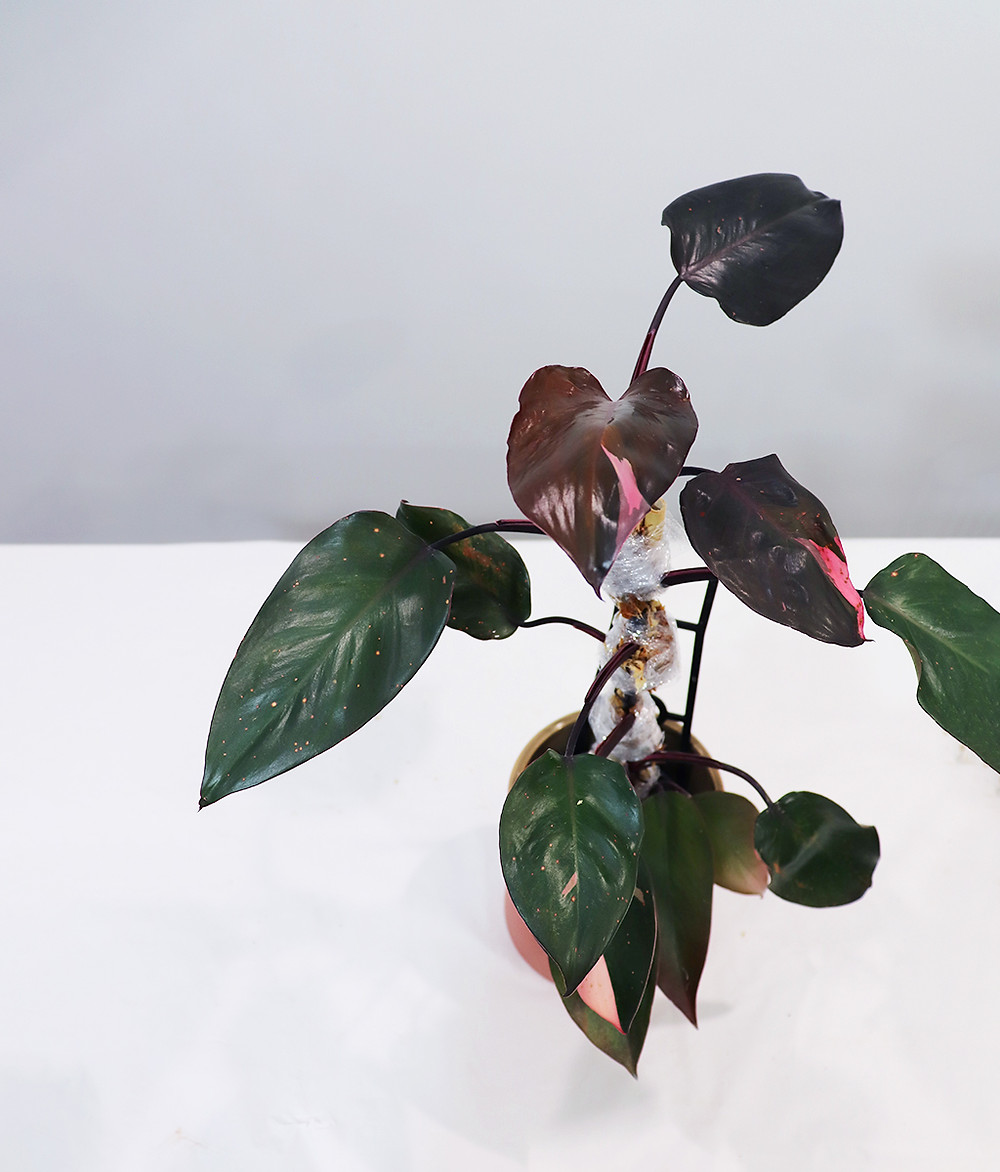
Propagate your Pink Princess plant by cuttings, which creates new plants and encourages bushing of the mother plant. Choose a stem with two to three top leaves and two to three bottom leaves. Use a pair of sharp and sterile shears to cut the stem. Remove the bottom leaves to expose the nodes. Allow the cutting to sit and the cut end to callus for 12 to 24 hours. Place the cutting in a container filled with fresh water, ensuring the bottom nodes are submerged. Set the cutting in bright, indirect sunlight. Within two to three weeks roots will begin to grow. Once the new roots reach 1 inch long, transplant the cutting into a pot filled with the recommended soil mixture.
Pink Princess Philodendron Pests and Disease
Common pests of the Philodendron Pink Princess include mealybugs, aphids, spider mites, scale, and fungus gnats. Treat infestations of mealybugs, aphids, scale, and spider mites with an insecticidal soap. Rid your plant of fungus gnats with either sticky insect cards or by placing a shallow container filled with apple cider vinegar near the plant to attract and drown the insects.
Root rot is a common disease to watch for and is a result of overwatering the plant. If root rot occurs, treat minor issues by mixing one part 3 percent hydrogen peroxide with two parts water. Pour the mixture into the plant’s dry soil to kill the bacteria. Advanced cases, if treatable, require removing the plant from its pot and trimming all dark and mushy roots.
The Pink Princess Philodendron may be difficult to get but the plant’s beauty makes it worth the hunt. Despite its rarity, it is an easy plant to care for and makes a statement with its naturally occurring, pink variegation.
Pink Princess Philodendron FAQ
Browning edges are a sign of low humidity levels. While the condition cannot be reversed, increasing humidity with a humidifier will prevent further damage. Brown edges can be trimmed off with sharp and sterile shears.
Lightening of the plant’s dark leaves is a sign of too much sun exposure. Move the plant to a location with less direct sunlight and the condition will reverse in time.
Leaves revert when the plant does not receive enough sunlight. Ensure the Pink Princess plant gets several hours of indirect sunlight per day to maintain the prized variegation.
Misting the plant’s leaves occasionally will help increase humidity and keep the leaves’ edges from turning brown.
Leggy stems are a result of too little sunlight exposure and the leaves’ attempt to reach light. Move the plant to a location with consistent, indirect sunlight for many hours per day.

